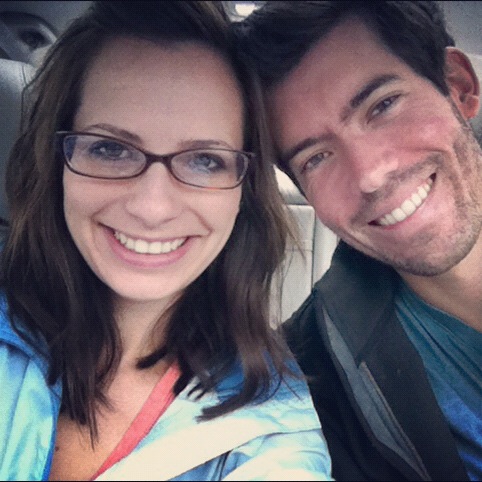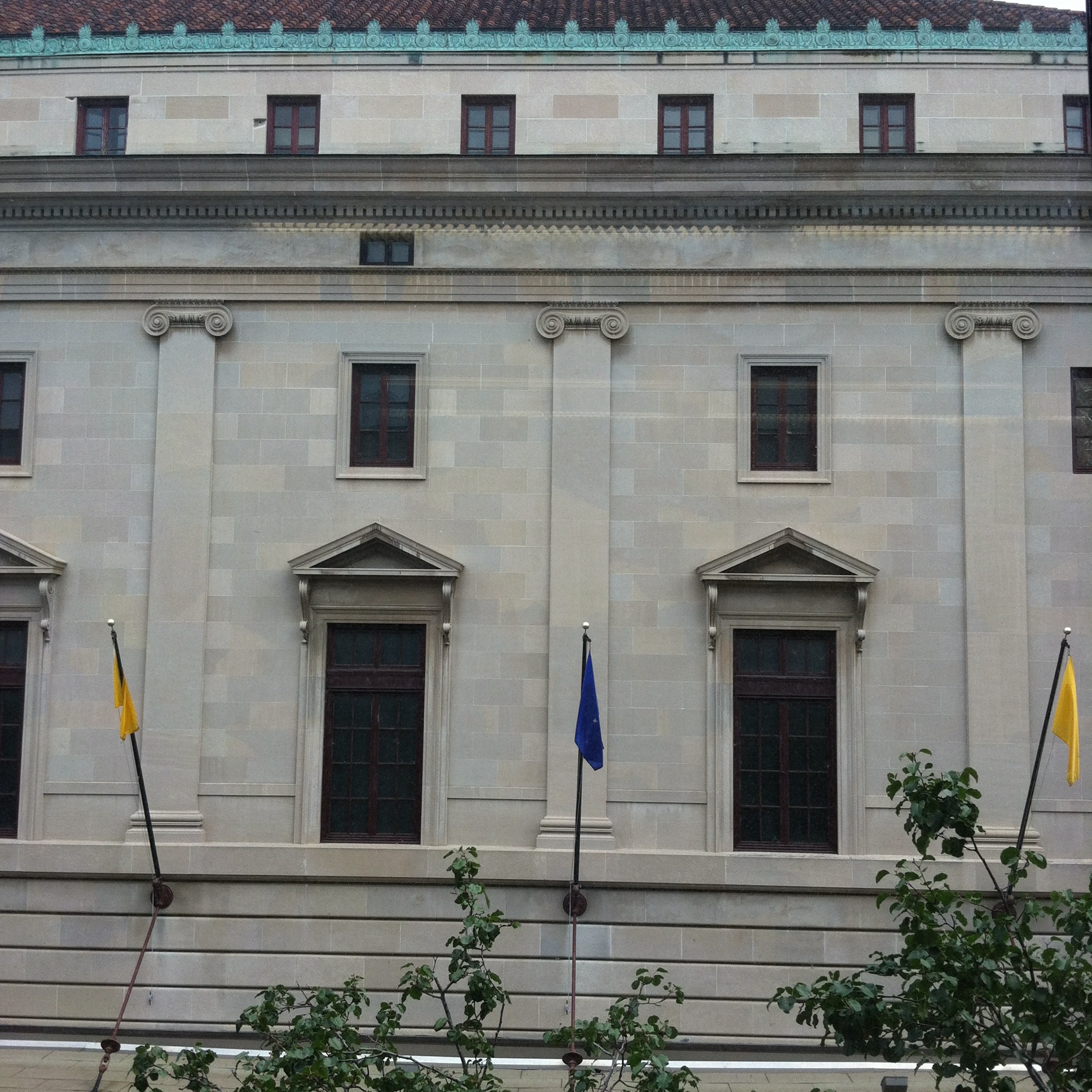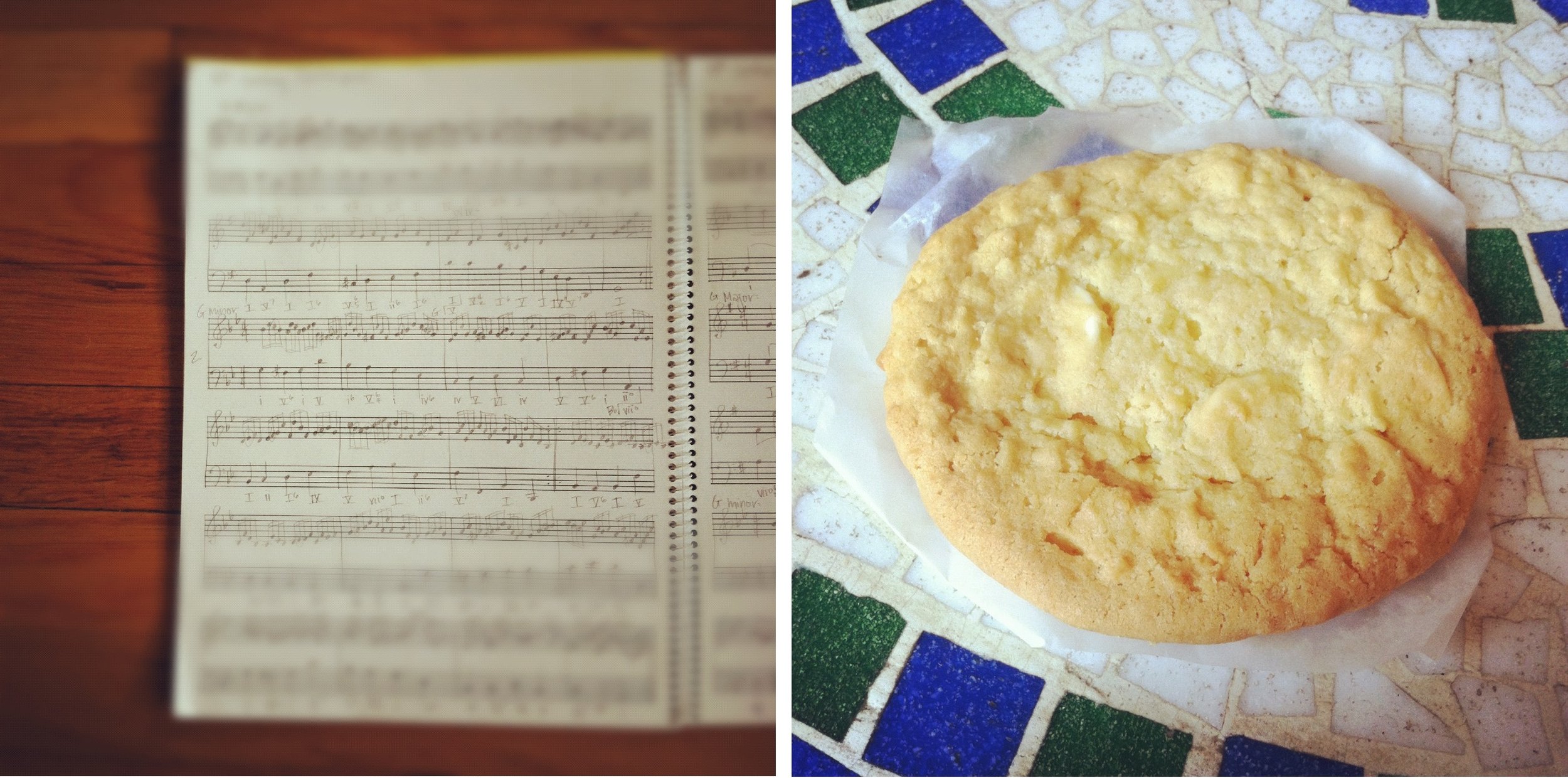So, you want to start a children's choir. Awesome!
Wondering where to start and what to do first?
Here are a few ideas and suggestions for getting started and building a new choir program, based on my experience starting and directing a children's choir program at a small church in rural Massachusetts.
*Disclosure: I get commissions for purchases made through links in this post.
Building a Successful Children's Choir Program
Getting Started
The first step in building a new program is choosing a rehearsal time and setting age parameters. Will you rehearse during the week or on Sundays? Will you rehearse throughout the school year, or just for a season?
Consider the children you have in your congregation who may be interested in singing in choir. I started out with children in grades 1-6 so that we’d have a group of about 12. If you have enough interest, consider dividing the children into two age groups: K-2 and 3-6.
Once these pieces are in place, then you can start thinking about an overall theme for the year.
Choosing a Theme
An overall theme can guide your planning, music selection, and activities, and foster engagement among those participating.
For the first year, I decided to build on an idea from a children's choir I had worked with in the past - "The Image of God." The visuals were things like film strips and photographs and each month, we explored a new way that we are made in God's image.
The second year, I planned an "Around the World" theme with music from various countries, flags, passports, and international prayers like Alan Paton’s “For Courage to Do Justice” (United Methodist Hymnal #456):
"Show me where love and hope and faith are needed,
and use me to bring them to those places. AMEN."
Once you have a theme, begin planning ways for the children to participate in worship throughout the year.
Participating in Worship
One of the things that sets a church children’s choir apart from a school or community choir is the element of spiritual formation. Talk about the importance of sharing music in worship (read more here and here), the difference between worship and performance, and the impact of the message we have to share. Help the children to see that singing praises to God is a true privilege and that they are leaders when they participate in worship.
In addition to a few anthems throughout the year (including a few with the adult choir), you might plan and coordinate the music for the children's Christmas play as another opportunity for them to sing in worship.
Set goals for the program—both musical and spiritual—and begin searching for music.
Choosing Repertoire
Pull from a variety of musical resources (especially those that are free!): hymnals (consider choosing a Hymn-of-the-Month, which maybe gets incorporated into worship on a day they sing), octavos already in your choral library (unison/2-part or SA), online resources, music you have at home, and a few new anthems that you find through Sheet Music Plus, J.W. Pepper, and Choristers Guild.
Related post: Top 50 Favorite Anthems for Children’s Choirs
An invitational postcard for our "Around the World" choir year
Getting the Word Out
Next, promote your new program and invite children to participate. Write short announcements in the bulletin and newsletter, post information on the church website, post a flier at the library or gym, and pass out fliers at the beginning of the school year.
Planning for Rehearsal
As you begin planning for the first rehearsals of the year, try to include several elements of discovery:
uncover a new symbol somewhere in the room each month (a new picture on the film strip or a new flag)
collect “stamps” from each country you visit in passports made with copy and construction paper
fill out scripture cards (if the children look up the month's verse at home, copy it down and bring it back in, they get a piece of candy from the scripture jar—added incentive!)
Begin preparing your choir room or rehearsal space with other visuals like a "Thankful Tree" (the children in my choir loved this so much, we kept it around in the spring and turned it into a "Good Attendance Tree") and a world map where you can mark all the places you travel throughout the choir year.
For fun, pull together a few silly songs and musical games to use as change-of-pace activities: Ham and Eggs (traditional) and Irish circle/line dances when you "visit" Ireland around St. Patrick's Day. I love Madelyn Bridges' book, Sing Together, Children.
In a typical rehearsal, I started with a gathering activity or musical game. We did a few minutes of stretching and warm-ups before singing through the Hymn-of-the-Month. We read the scripture verse, reviewed the Symbol of the Month, and read the opening prayer together.
Next, I reviewed something familiar—a hymn or anthem. Then, we spent some time looking at a new anthem: learning the melody and text and discussing its meaning. By this point, the group was usually ready for a change of pace: a hand jive or clapping activity, a silly song, a musical game, or some rhythm improvisation. Generally, there was time left for one more song or anthem, one more change of pace activity, and our closing prayer.
Related resource: Free Children’s Choir Rehearsal Template
Singing with Purpose
Consider tying in a mission element. For the "Around the World" theme, Operation Christmas Child was a perfect choice. This gave the children an opportunity to participate in something greater than our church and give to those in need. Together, we packed and shipped over two dozen shoe boxes to children around the world that year.
Celebrating
How will you celebrate at the end of the choir year? Consider an ice cream party or game night or a special outing or field trip of some kind.
Our end-of-year celebration for the "Around the World" year was a pizza party. Each family brought a different colored pizza topping and everyone helped make pizzas that looked like flags from around the world. We played a few traditional games from different countries, did a little trivia, and celebrated a year of exciting travel and music-making.
Related post: Four Ways to Celebrate the End of the Choir Year
End-of-the-Year "Around the World" Party Invitation
Learn how to lead and teach your children’s choir, creatively and confidently.
Join me in Directing a Church Children’s Choir 101,
a 4-week online training program geared specifically toward children’s choir directors in church settings.
I hope these ideas are helpful as you start your own children's choir program! Have other ideas or suggestions for working with children's choirs? Please share them in the comments!




































 Happy anniversary, darling.
Happy anniversary, darling. Oh my goodness, what happened to September?! Suddenly, it's cold enough to need scarves and sweaters (and salted caramel mochas) and it's dark by the time we sit down to dinner in the evenings. Yes, the weeks are flying by but every day is so fulfilling. I absolutely love the work I am doing! Life is full, life is busy, and life is very rewarding.
Oh my goodness, what happened to September?! Suddenly, it's cold enough to need scarves and sweaters (and salted caramel mochas) and it's dark by the time we sit down to dinner in the evenings. Yes, the weeks are flying by but every day is so fulfilling. I absolutely love the work I am doing! Life is full, life is busy, and life is very rewarding. Last week was New Student Orientation at Eastman. It feels a little surreal - I am so, so grateful to be back.
Last week was New Student Orientation at Eastman. It feels a little surreal - I am so, so grateful to be back.
 It was gorgeous here on Saturday. Too gorgeous to sit inside all day. So, I took my notes, my
It was gorgeous here on Saturday. Too gorgeous to sit inside all day. So, I took my notes, my 





